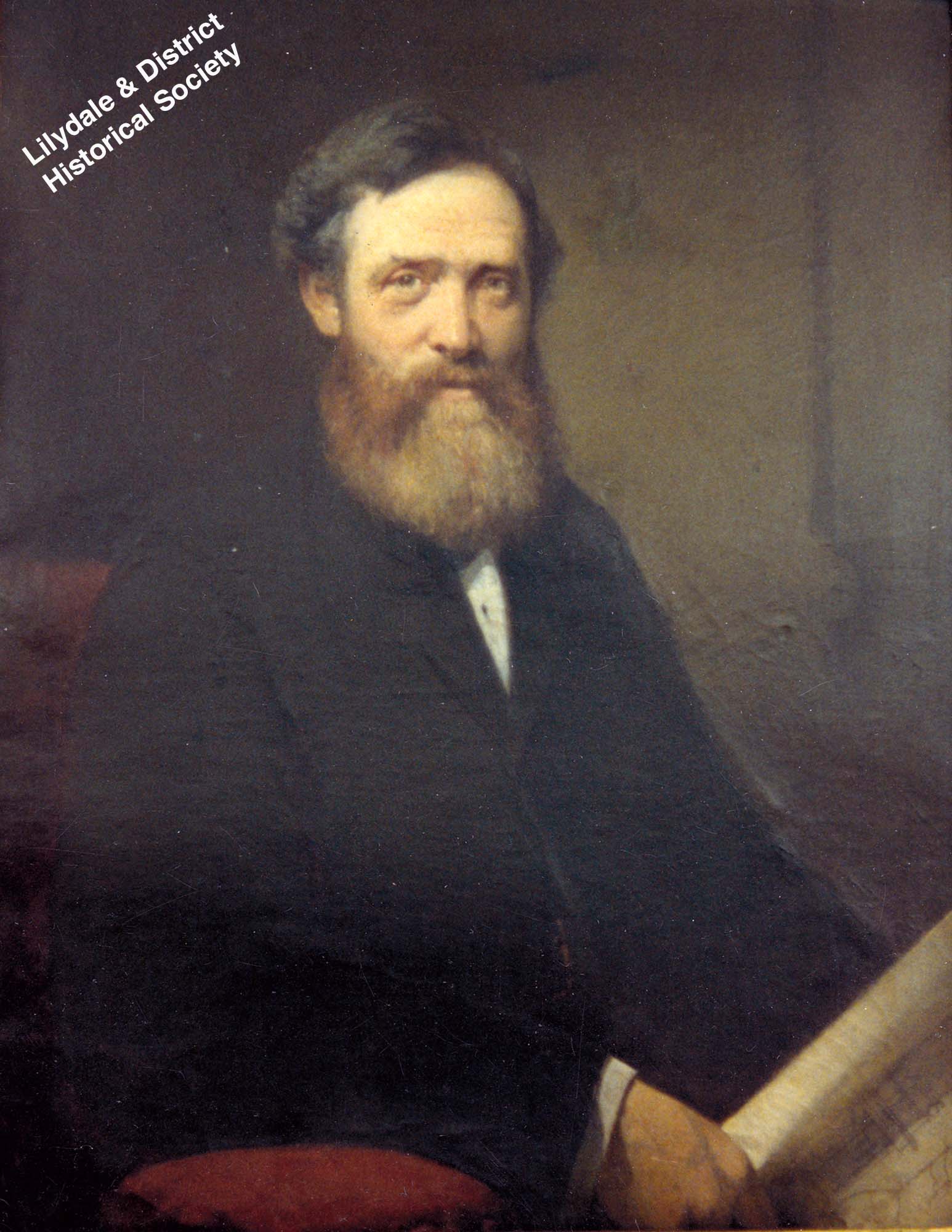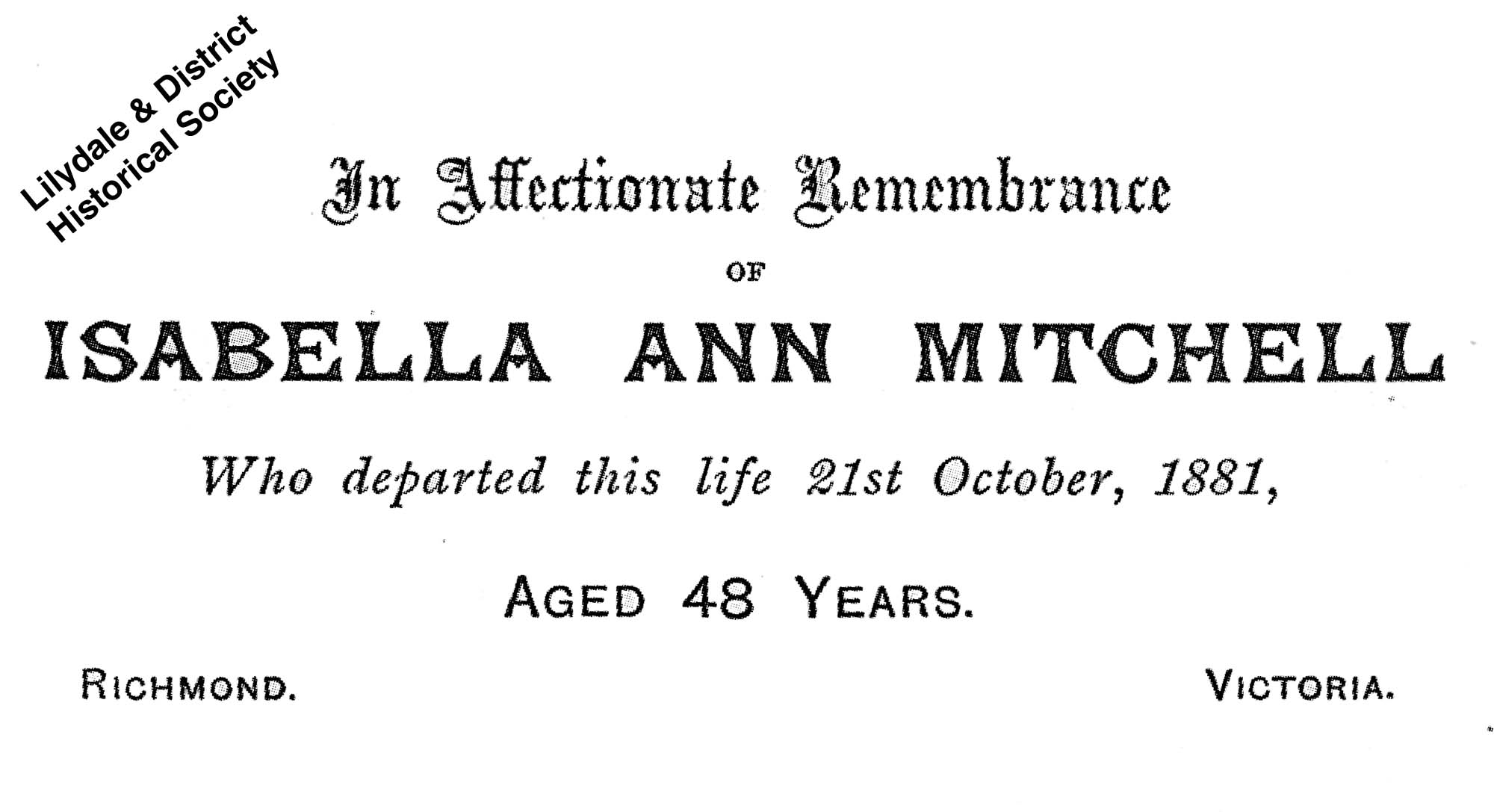
Biography | Marriage and Family
After finishing school, Nellie, encouraged by others, decided on a career in music.
However, she faced many obstacles including her own family. While the family was musical and her father supported the arts in Melbourne, the thought of a daughter of his on the stage playing the piano or singing professionally was to be discouraged at all costs.
Nellie was determined to find out how good she was. She could only read about the great opera houses of the world and the opera stars of the time. There were no recordings so she could not hear the performances and as Australia was so far away from America and Europe, there were no tours by leading opera companies.
Nellie started taking music lessons with Italian tenor Pietro Cecchi then a leading Melbourne teacher.
An opera singer in Europe and America, Cecchi had arrived in Australia in 1872 and decided to stay. The Mitchell family was growing up but tragedy was about to disrupt their lives. Isabella Mitchell had been in failing health and Anne and Bella had taken on the running of the home at Doonside. Sadly, on October 21, 1881 Isabella died. She was just 48 years old.
As if this wasn’t enough, a few months later, on January 20 1882 the youngest Mitchell, Vere died aged four and a half. David Mitchell was distraught at the death of his beloved wife and young daughter and decided a change was needed. He accepted a building contract at Mackay in north Queensland and set sail with Nellie and Anne.
The younger children were left in the care of Bella and maids. Schooling for the older boys Frank and Charlie was in the hands of a tutor.
While her lessons were interrupted, the trip gave Nellie a chance to see other parts of Australia and to meet new people.
The Mitchell family were accepted in the homes of the people of Mackay and Nellie was soon singing and playing piano at parties and small concerts organised to showcase her talent.
It wasn’t long before the paths of Nellie Mitchell and Charles Nesbitt Frederick Armstrong crossed.
Charles Armstrong
Charles Armstrong was the youngest of 13 children of Frances Fullerton of Hampshire and Sir Andrew Armstrong of Gallen Priory in King’s County (Offlay) Ireland.
A descendant of Alexander Armstrong of Magerton, Sir Andrew’s branch of the family moved from Scotland to Ireland and by 1750 had acquired Gallen Priory. Sir Andrew was a member of the British Parliament but spent most of his fortune and had to resign his seat. He died when Charles was just five years old.
By the time they met, Charles had already lived an exciting life, something which greatly attracted Nellie.
Strongly built, he revelled in any physical challenge and had no fear. His lifelong habit of attracting adventure was not always appreciated by his companions but caused him great enjoyment. (1)
The youngest of 13 children he was educated by his sisters and when 15 became an apprentice on a merchant sailing ship. He had travelled far and wide but conditions on the ship were poor and after a year he handed in his papers.
After a few years of unemployment he was sent to Australia to work for his brother-in-law John Alexander Bell who his sister Frances had married at Rustington Church, England on November 3, 1863.
John Bell owned several properties near Brisbane and young Charles had a lot to learn about Australia and horse riding.
He stayed on the station for some time and learned a great deal about men and horses and cattle; about friendship and loneliness and courage; about the wild open countryside and the wide sky above. He won respect and acceptance from the men on the station for he was a friendly man in spite of his quick temper. As a youth he had learned to box, winning several amateur contests, and this stood him in good stead in times of strife. (2)
Determined to be the best horseman and bushman, Charles had worked hard and learnt a lot. But after an altercation with the property manager which ended in blows, Charles decided it was time he went out on his own.
He bought horses, drove them to where they were scarce and sold them broken to ride.
For Charles who was ready to settle down, the wild Nellie, a country girl who could ride and was full of energy, was the person for him.
Nellie fell in love with the tall handsome Irishman and determined to marry and also be an opera star.
Initially, David Mitchell opposed the marriage as he felt the couple had not known each other long enough. But the couple would not be deterred. He finally gave his consent and thought at least that would put an end to her ambitions to be an opera singer.
The couple were married at St Anne’s Presbyterian Church, Brisbane on December 22, 1882 at Brisbane by the Rev Charles Ogg. (3)
For their honeymoon the couple travelled to Sydney and Melbourne and then back north where Charles was appointed manager of the Marian Sugar Plantation Mill.
There has always been a question about how and why Charles was appointed manager of the mill as he had no experience in management or the sugar industry.
The only real link is the fact David Mitchell built the Marion Sugar Mill. With Charles not willing to settle down in Melbourne, it is possible David Mitchell used his influence to secure him the job in Marian. This ensured Nellie had a home, roof over her head and Charles back among friends, would stop going bush rounding up horses and not leave Nellie alone for months on end.

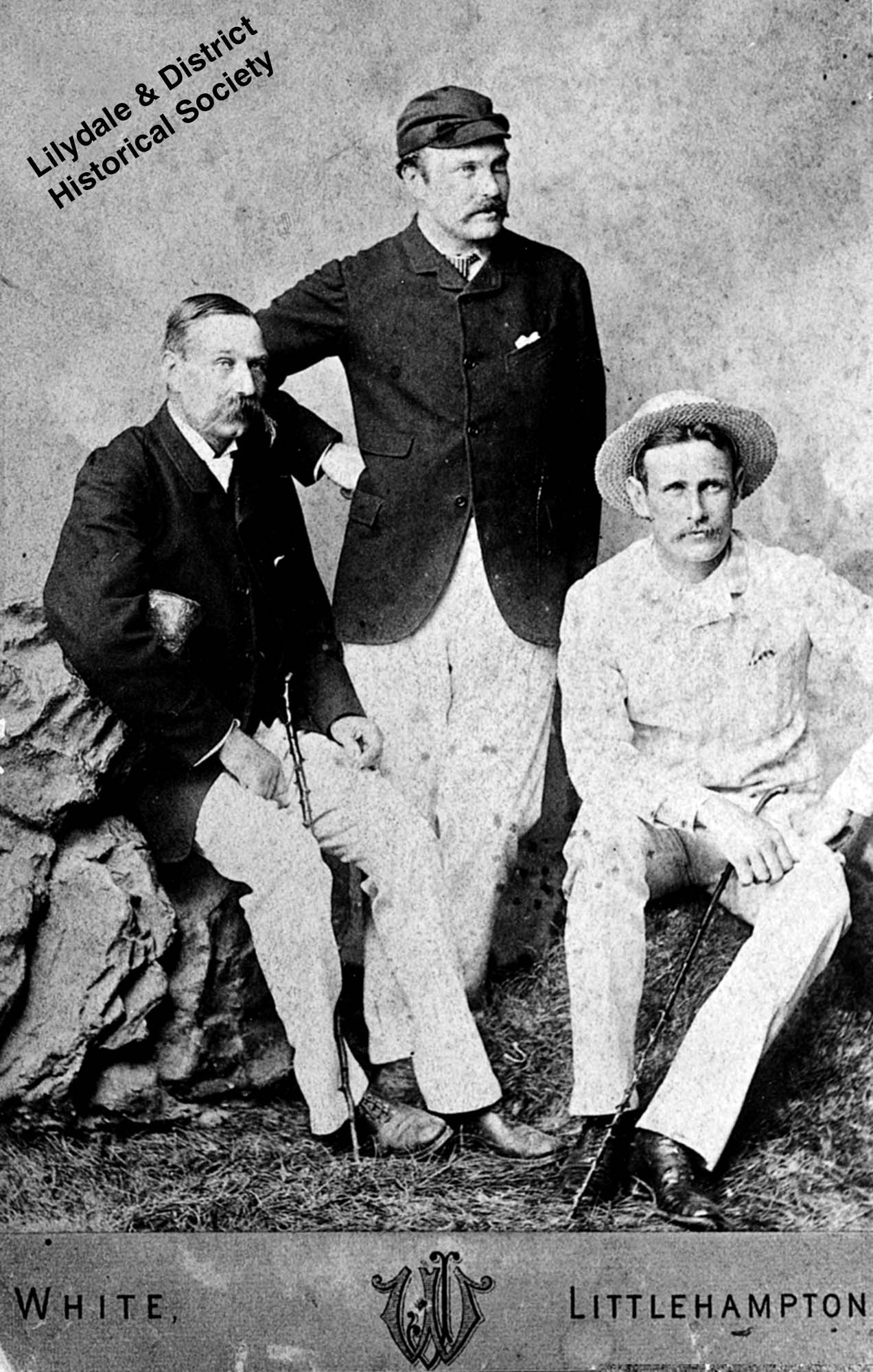
Home at Marian
Life at Marian was difficult for Nellie who became pregnant and had to suffer the humidity and constant rain of the tropics. She was also away from family and friends, her piano had suffered from damp and termites and she was living a lifestyle she had not experienced before.
Their son George Nesbitt Armstrong was born at the Marian home on October 16, 1883 but his safe arrival did not help save the marriage.
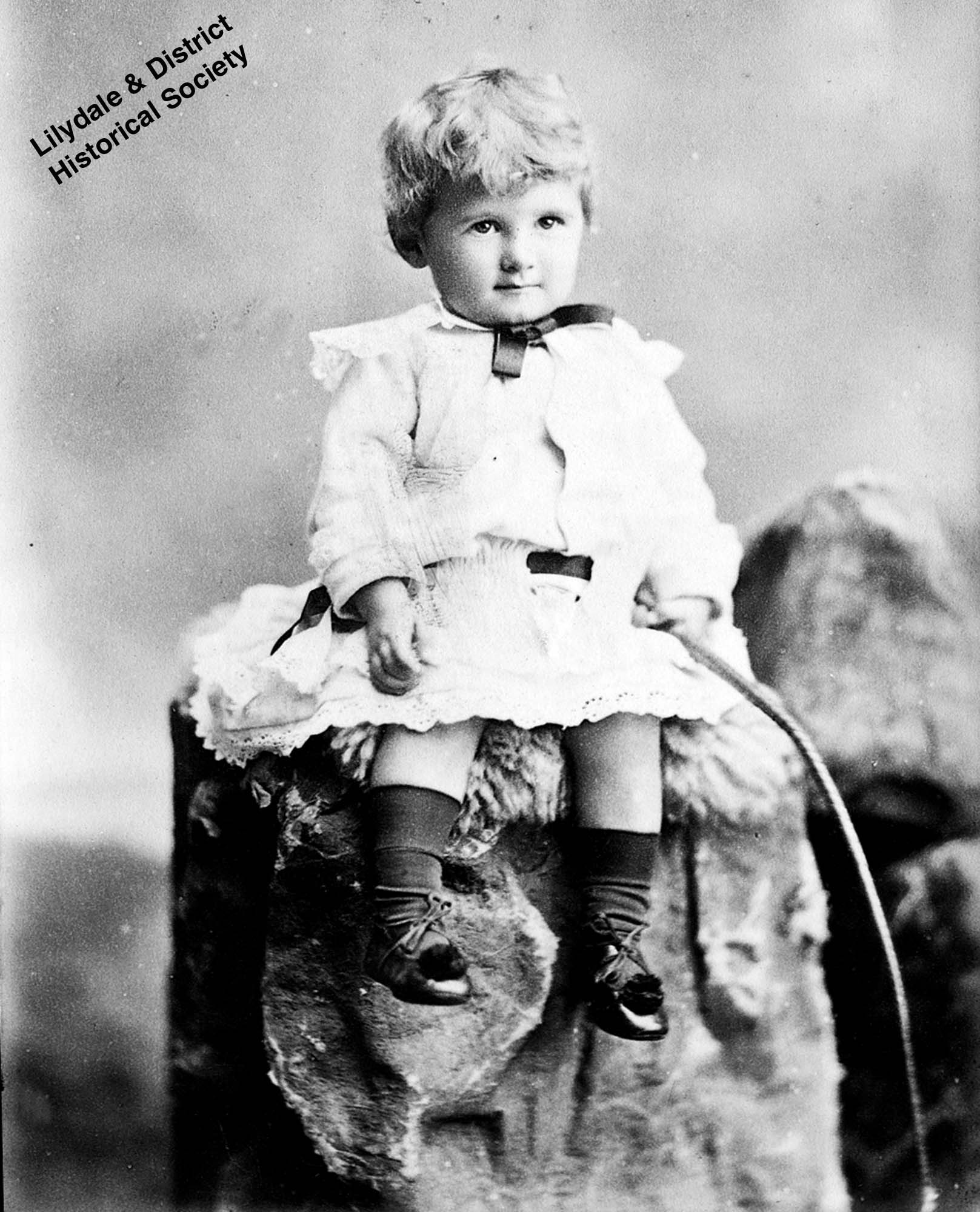
Melba described Queensland at that time as ‘positively barbaric’ and the time after her marriage as strange:
A stranger period ensured – a period which to most modern girls would sound something of a nightmare. My husband lived in the heart of the Bush, as the manager of a sugar plantation in Port Mackay, and it was there, after our honeymoon, that we retired. We had a little house with a galvanized iron roof, desolate and lonely, with no other company than that of the birds and especially of the reptiles.
Soon after we arrived it began to rain; and rain in Queensland is rain indeed. It rained for six weeks. My piano mildewed; my clothes were damp; the furniture fell to pieces; spiders, ticks, and other obnoxious insects penetrated into the house – to say nothing of the snakes, which had a habit of appearing underneath one’s bed at the most inopportune moments. It rained and rained, a perpetual tattoo on the roof, as the days passed by and the weeks, I felt that I should go mad unless I escaped. My only recreation was to sit on the veranda and watch the luxurious tropical vegetation, burdened by water, yet so hot that one could actually see the leaves unfold.
Sometimes I would try and bathe. But as I walked hot and disconsolate, towards the river, I would see green snakes hanging from the branches, and even in the water itself there would be leeches that fastened with painful precision on to one’s hands and legs and arms. Nor did I forget the tales which I had heard of a giant crocodile only a hundred yards upstream. Bathing for me became an over-rated amusement.
It was here, in the following year, that my only child, George Armstrong, was born. Two months after his birth I returned to my father’s house, I never went back. (4)
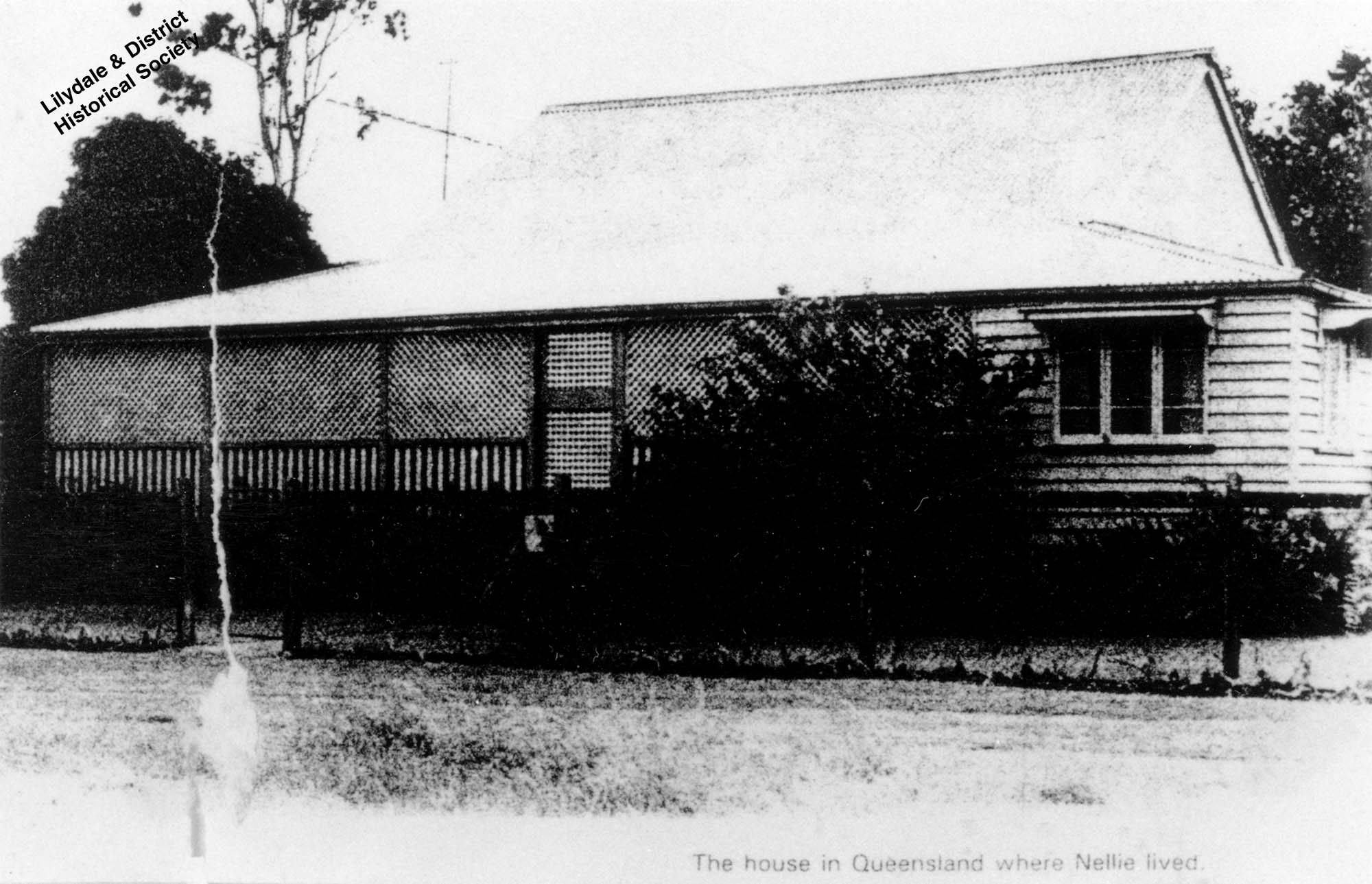
A boating incident may also have influenced her decision to return to Melbourne and pursue a music career.
Port Mackay, Queensland: A Lucky Escape
A few days since Mr and Mrs Armstrong and Miss L. Smith were out sailing beyond the bar in a small sailing yacht belonging to Mr Armstrong, when the little craft was struck by a squall and overturned, its occupants being suddenly introduced to the deep waters of the Pacific in a most unceremonious manner. Fortunately the party managed to keep hold of the boat, and the accident having been observed by the lookout-man at the Pilot Station, a boat was quickly sent to the rescue, and the water party returned safely to town with nothing worse than a good ducking. (5)
Today Nellie and Charles Armstrong’s first home at Marian, Queensland has been restored and is now the visitor information centre for Pioneer Valley Tourism that promotes its links with Melba.
References:
(1) P. Vestey, Melba: A Family Memoir, Pamela Vestey, Coldstream, Melbourne 2000, pg. 19.
(2) P. Vestey, op cit.
(3) J. Hetherington, Melba: A biography, F.W. Cheshire Pty Ltd, Melbourne 1967, pg 31
(4) N. Melba, Melodies and Memories, Thornton Butterworth Ltd, London, 1925, pg. 17 and 18.
(5) P. Vestey, Melba: A Family Memoir, Pamela Vestey, Coldstream, Melbourne 2000, pg. 22, from a cutting in Nellie’s scrapbook.
Online Shop
Purchase books, CDs, photographs and other merchandise
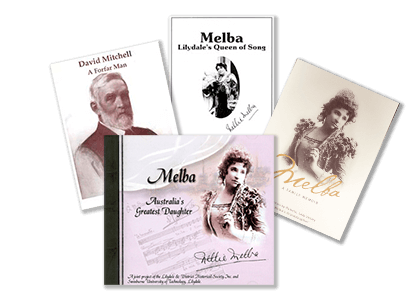

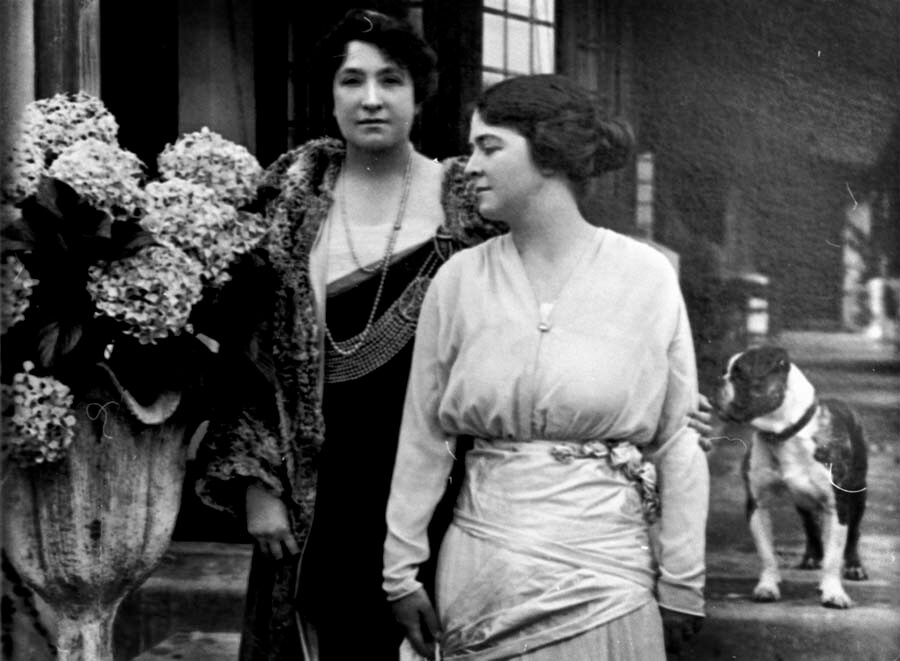
Share Your Information with the Museum!
Email us your info (and images) to:
[email protected]
Our home is the Old Lilydale Court House:
61 Castella Street, Lilydale 3140
Hours of opening:
By appointment only:
Fridays 1 to 4pm and Saturdays to Mondays 11am to 4pm.
Sundays are preferred.
Closed Public Holidays

Nellie Melba Museum
Contact Details:
Sue Thompson: 0475 219 884
Email: [email protected]
Share your info with us:
[email protected]
Our home is the Old Lilydale Court House:
61 Castella Street, Lilydale 3140
Hours of opening:
By Appointment only:
Fridays 1 to 4pm and Saturdays to Mondays 11am to 4pm.
Sundays are preferred.
Closed Public Holidays

Nellie Melba Museum
Contact Details:
Sue Thompson: 0475 219 884
[email protected]
Nellie Melba Museum
Contact Details:
Sue Thompson: 0475 219 884
[email protected]
Our home is the Old Lilydale Court House:
61 Castella Street, Lilydale 3140
Hours of opening:
By appointment only:
Fridays 1 to 4pm and Saturdays to Mondays 11am to 4pm.
Sundays are preferred.
Closed Public Holidays
Share Your Information
with Nellie Melba Museum!
Sue Thompson: 0475 219 884
[email protected]



